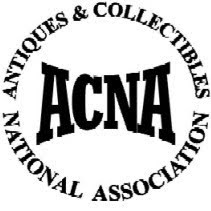
The decade beginning in 1910 was a busy one...World War I, an influenza pandemic, and women's march for suffrage. On a lighter note, the "in" dance was the Foxtrot, pop-up toasters were invented and Nabisco introduced their new cookie - the "Oreo". New slang terms popped up in conversation, like "Something is not all it's cracked up to be", "No kidding", and "Down to the last detail".
So what will be said of 2010 in a hundred years? Your guess is as good as mine. But no kidding, I sure hope it is all it's cracked up to be... right down to the last detail.
Have a safe and blessed 2010.





